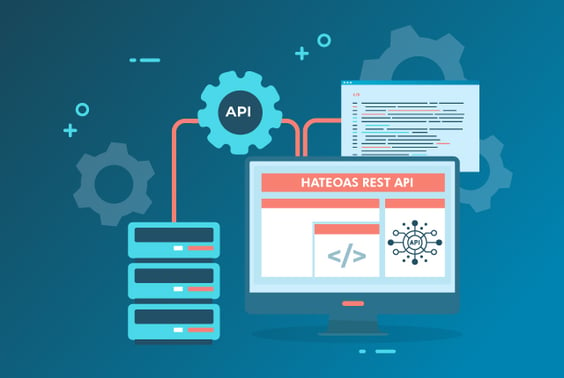
API is defined as a way of interacting with the system to retrieve information or perform any action/function. It serves as a mediator between the client and the web services being used. Developers create them to set up/establish communication between servers and clients, that is, a connection on the server is established to communicate with the client.
So, basically, API is a set of functions and procedures that allow access to the features or data of the application, operating system, or any service being accessed. With API testing, software quality assurance companies ensure that tests are delivered with a near to perfect business logic within no time.
REST (representational state transfer) API is an application programming interface (web API) that follows architectural style for REST constraints and allows interaction of web services in the simplest ways without having any processing wherein the information is delivered in any format like JSON, HTML, Python, and PHP. It is also known as RESTful API.
REST API is an approach used for communication in web services development and it uses less bandwidth hence making it more suitable for internet usage.
RESTful API breaks down a transaction into small modules series and every module addresses an underlying portion of the transaction. This API uses commands to obtain resources and it uses existing HTTP methodologies as mentioned:
- GET: retrieving a resource
- PUT: changing the state of or updating a resource, which can be an object, file, or block
- POST: create that resource
- DELETE: To remove
REST API does the following:
- Handles Error Gracefully: By gracefully handling errors we mean it helps derive/conclude appropriate error codes by returning HTTP response codes indicating the kind of error that occurred.
Ex: 403 Forbidden → User is not allowed to access the requested resource.
503 Service Unavailable → It means something that is not working fine at the server end may be due to overload, system failure, or corrupted data.
- Sorting, Filtering, and Pagination Become Ease: A large number of data responses can be accumulated, so getting a timely response can be cumbersome, but, all thanks to the larger database behind REST API, filtering and pagination can be done as both increase performance by reducing the usage of server resources.
- Caching Data: Instead of caching each and every query right through the database, we can add caching from local memory instead.
- Stateless Interactions: The performance of the application is improved and the risk of the server going down can be handled easily as each request is handled independently, hence it doesn’t have to deal with the server-side state synchronization logic
HATEOAS, also known as "hypermedia as the engine of application state" is a component of REST API.
It is basically a feature of REST API, that allows navigation through the website’s REST API as easily as possible. Hypermedia means any links, text, images, movies, etc., and conceptually navigating through these hyperlinks means reaching the destination of the website by browsing them.
In this case, the client side would need minimal information for interaction with the server. HATEOAS, responses to REST requests to return not just the data, but also related actions that can be performed with the resource.
It is said that HATEOAS is a constraint of REST application architecture that distinguishes it from other network application architectures. It basically allows the server to make changes to the URI since the API evolves without breaking the clients.
HATEOAS is an API that describes in its responses how they can be used by providing URLs to other allowed actions.
- rel: stands for ‘relationship’ and explains how any link relates to the object which has been requested.
- href: defines complete URL that shows how any action is performed.
HATEOAS helps do the following:
- Reduce the need for brittle configurations: Instead of configuring URL endpoints and making them complex, the 'rel'– relationships are used.
- Provides loose coupling: Urls and related structures can be changed with “rel” easily.
- Mitigating Invalid State Transition Calls: It helps ease mitigating older applications of clients and makes backward compatibility less of a chore.
For example, let us suppose a user hit a home page on any website. Related data gets displayed which may have references, and links to other sections of the site, and further on clicking them, we can navigate to the desired destination. So, here REST client hits the initial API URI, which further uses the server-provided links so that related resources can be accessed dynamically, so with the use of HATEOAS, the clients do not have any need to hardcode the URI structure of resources involved hence making API interaction independent and dynamically working.
HATEOAS helps reduce coding-related errors, and lesser ineffective or invalid state transition calls being made to APIs.


Post a Comment